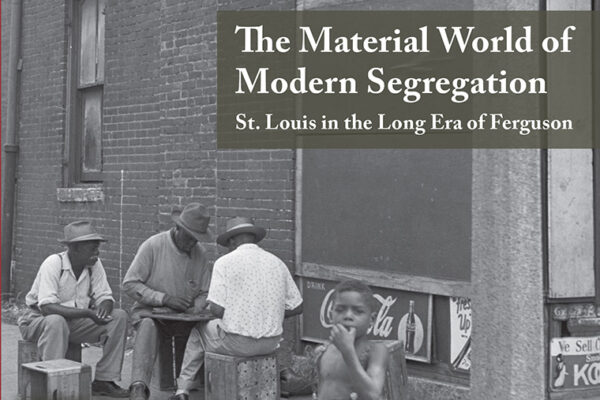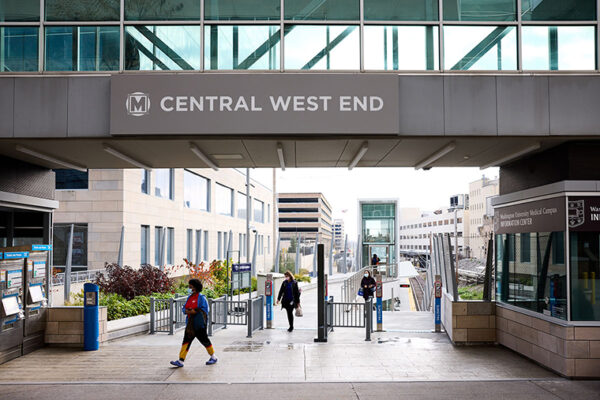How do you restore community? Do you honor local context? Or do you bulldoze everything and try to start again?
Few places embody that choice more starkly than Botanical Heights, the St. Louis neighborhood formerly known as McRee Town. Looking east from Thurman Avenue, one sees gated blocks of large, suburban-style new construction. To the west, homeowners are rehabbing existing properties and redeveloping vacant parcels. The old commercial district bustles with shops, restaurants and a Montessori school.
“As architects and urban designers, we tend to focus on form,” said Patty Heyda, associate professor in the Sam Fox School of Design & Visual Arts at Washington University in St. Louis. “But there are so many forces, especially in our increasingly privatized economy, that underlie those formal decisions. What are the politics behind the designs?”
In “Rebuilding the American City” (2016), Heyda and co-author David Gamble, of Harvard University, offer Botanical Heights as a case study in 21st century redevelopment. The book explores the histories, pressures and biases that have shaped the area since its founding, as well as the strategies now powering its resurgence.
“In the early 1900s, McRee was an attractive working-class neighborhood,” Heyda explained. But in the 1970s, highway construction isolated McRee from its more prosperous neighbors, and by the 1990s it was among the most impoverished parts of the city.
“McRee fell into disrepair — but this wasn’t necessarily the result of failed policy,” Heyda continued. “There’s intentional policy behind a lot of what happened here, and it had to do with protecting assets and spurring development elsewhere. In my work, I try to understand and visualize the social, economic and political priorities that are really shaping our cities.
“Architecturally, there are great lessons here,” Heyda added. For example, suburban-style fences and cul-de-sacs can reinforce the very sense of isolation that urban planners now hope to remedy. Conversely, by respecting a neighborhood’s traditional scale and character, architects can seamlessly weave contemporary buildings into the existing urban fabric.
Heyda concluded: “You don’t have to be beholden to historic styles to work in a contextual way.”



